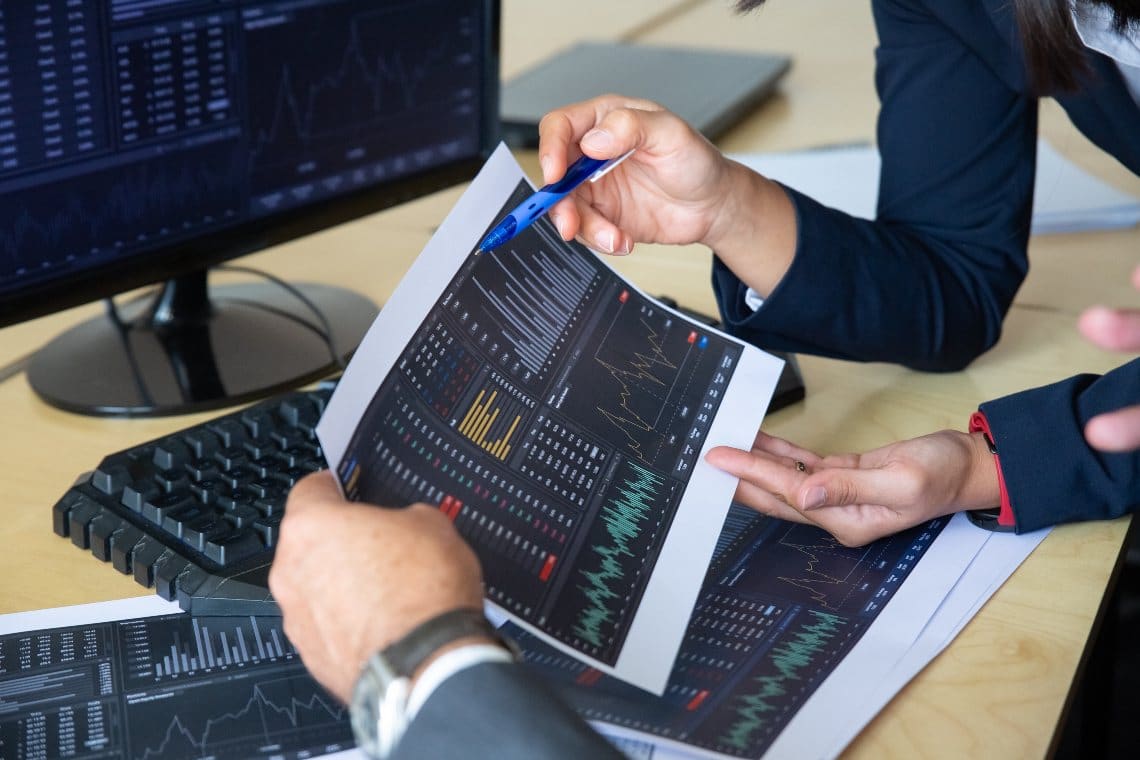There are those who say that fundamental analysis and “news” are all that is required, and that technical analysis is a meaningless bundle of lines. There are those who say that charts provide all the necessary information, and do so more quickly. And finally there are those who make a lot of money trading and investing.
The supporters of the different sides fight and defend their ideas bitterly, admitting no rebuttals. If you want to better understand what is the point of technical analysis, fundamental analysis and macroeconomic analysis and how they can help, read until the end.
Fundamental Analysis
This concerns the intrinsic characteristics of an asset.
The various investment assets have an ability to generate profits for the investor in two ways:
- The price of an asset increases, and there is someone willing to pay for it;
- The asset generates a return. E.g. a cryptocurrency being staked produces a predetermined periodic return, or a stock offers an annual dividend.
Fundamental analysis studies the characteristics of an asset and establishes whether and how conditions exist for the asset to produce the return that investors want.
For equities, and for cryptocurrencies that represent business projects built on blockchain, the focus of fundamental analysis is the ability to produce revenue under profitable conditions.
Can Tesla produce and sell electric cars to a large number of customers profitably?
Can Aave attract lenders and borrowers to the decentralized lending platform so as to generate fees to an adequate extent?
How many people want to use the Ethereum network to run their decentralized finance projects or create NFTs (Non-Fungible Tokens)?
For equities, there are a number of metrics relating to financial strength, value and ability to generate profit. These are analyzed over time.
For tokens, some of the most commonly used metrics are TVL (Total Value Locked), FDV (market cap vs Fully Diluted Valuation), turnover, protocol profitability and others.
If the asset is Gold or Bitcoin, or Copper or Crude Oil, fundamental analysis determines whether the asset has adequate intrinsic characteristics to perform a specific function and whether there is consensus around this conclusion.
The function attributed for example to Gold and Bitcoin is that of a store of value.
Many among you will say that gold is worthless, and only Bitcoin will be our store of value.
We will get to know each other and you will learn how I feel about this, but for now it does not matter.
In the meantime what is happening between gold and bitcoin unfolds before us in a very intriguing way.
Macroeconomic Analysis
It concerns the elements of the macroeconomic framework that provide context to the markets in which the assets move. The macroeconomic framework studies the quantity of production, inflation, money supply and monetary policy, fiscal policy, consumer spending, unemployment. E.g. the DXY dollar index, inflation trends, quantitative easing, doses of fiscal stimulus, all affect the stock market and in different ways individual stocks. For example when the DXY goes up Bitcoin goes down.
Financial markets and ‘real’ markets are intertwined. Knowing the impact of increasing money supply or quantitative easing on hard assets like Bitcoin and Gold is crucial. The trader or investor who wants to make wise choices must know how the economic cycle is reflected on the value of different commodities, metals or currencies, fiat currencies and cryptocurrencies.
Technical Analysis
It is about observing and interpreting the collective psychology, and behaviour of the multitude of traders and investors as they operate in the market by buying and selling.
Decisions on what to buy or sell and at what price, are the result of the opinions that traders and investors have, and are also the result of the opinions they observe among others.
The behaviour and collective wisdom of the market is summarized in the charts. They are spanned over weeks, months and minutes. There is the past history of the price of an asset, and there is the history as it happens.
Technical analysis develops hypotheses and leads to conclusions about the statistical probability that the price of an asset will move in a given direction, up or down, whether within very short intervals, minutes or hours, or longer intervals, days, weeks, months and years. It does not offer certainty, but it is an accurate statistical tool.
An integral part of technical analysis is the ability to create and interpret charts showing the price movements of various assets.
There are those who say that they don’t look at the charts, and that they are worthless. There are those who say that everything is in the charts and there is no need to study anything else, or to listen to the news, because the charts tell the truth better and represent the effects of the news faster than it reaches you.
Who is right? Which method of analysis is more effective? Technical, Macro, Fundamental?
I use all three.




